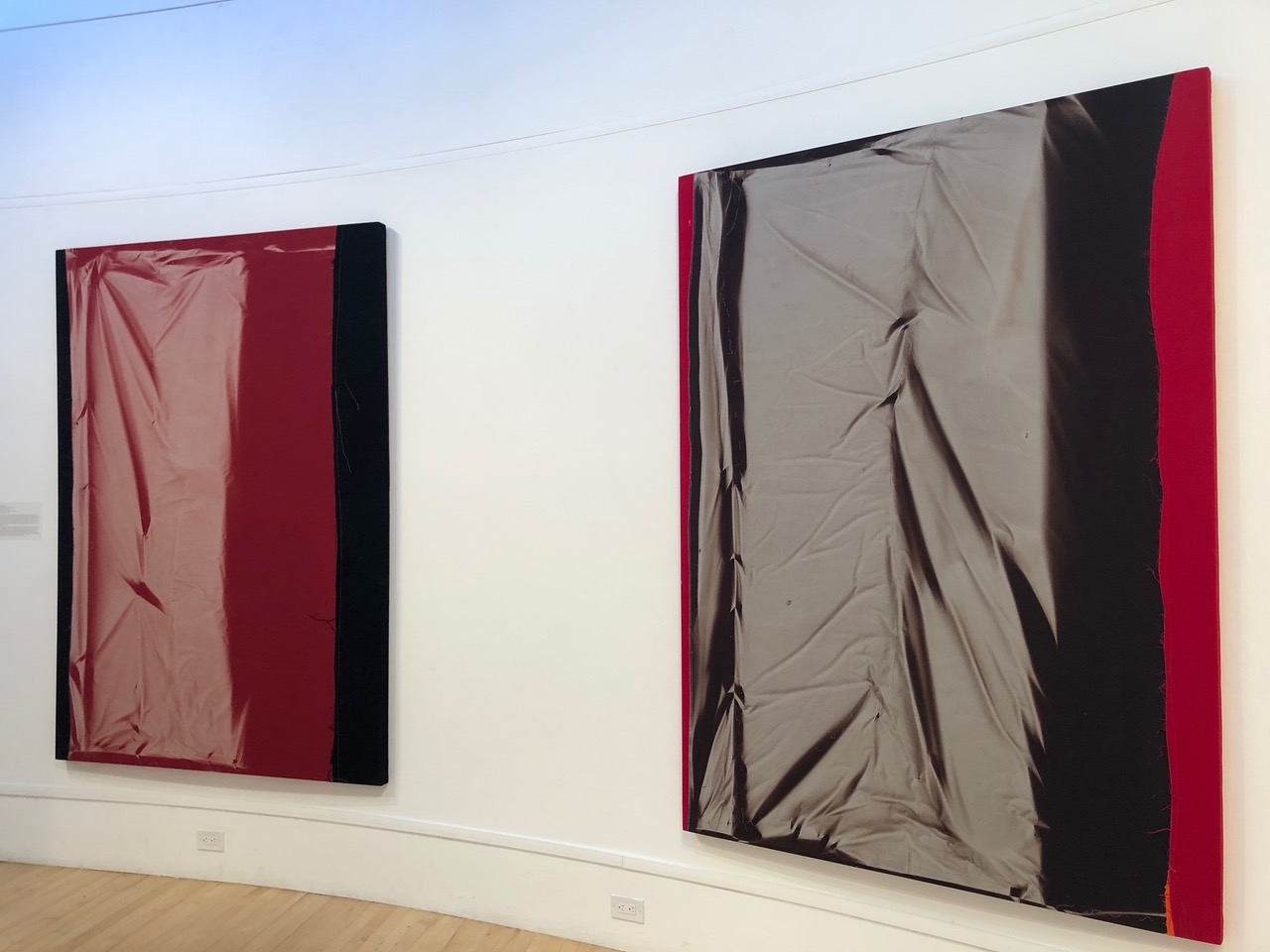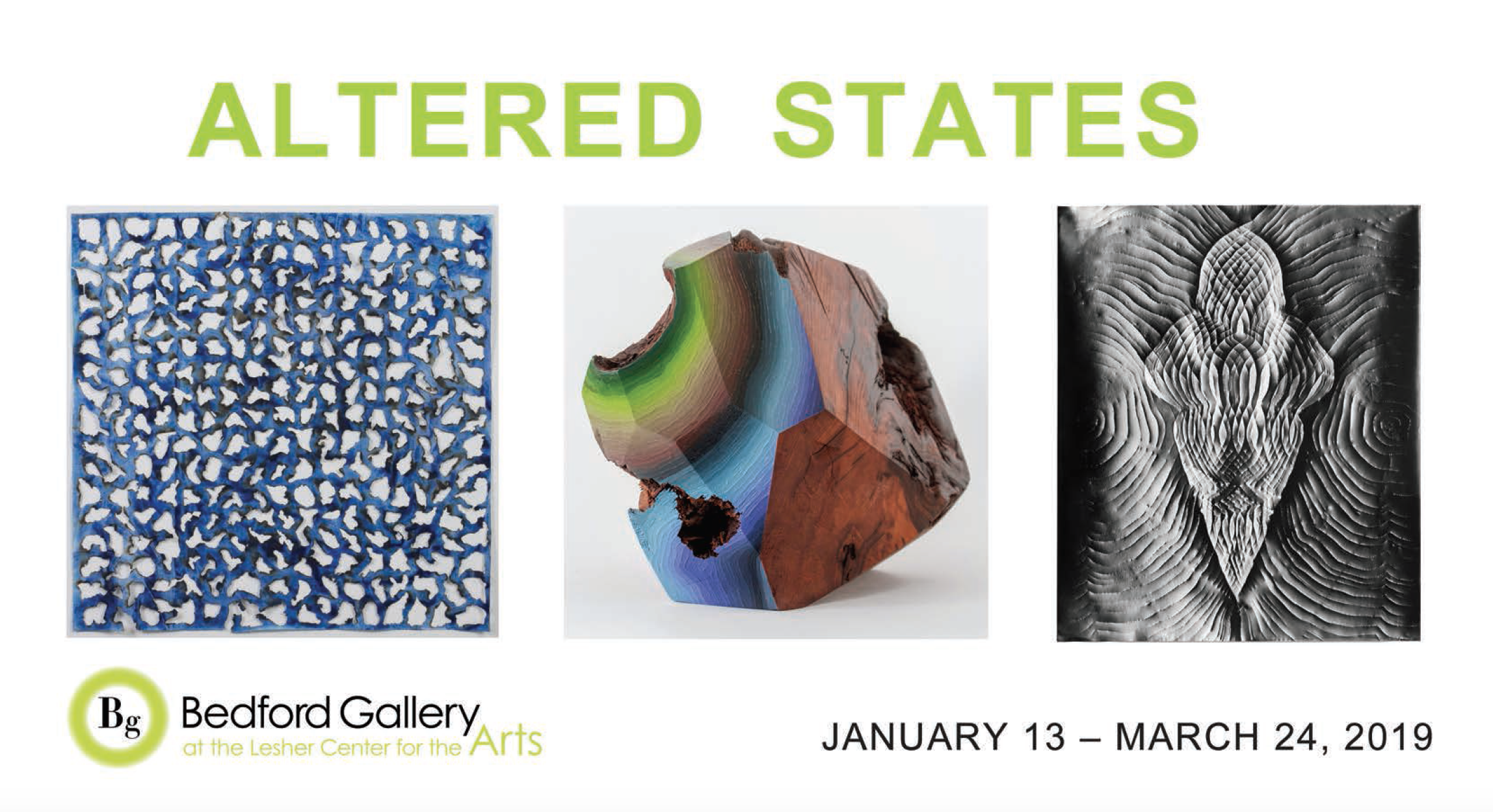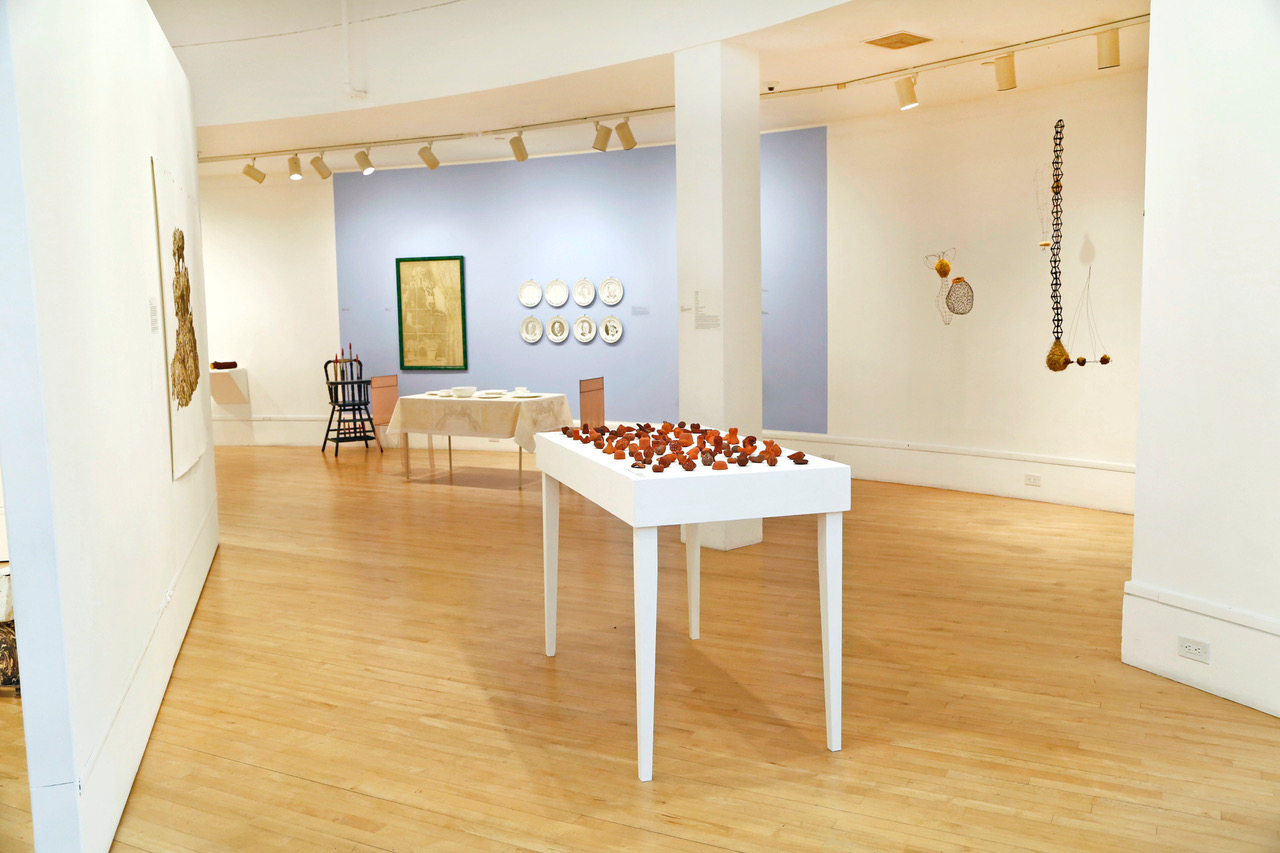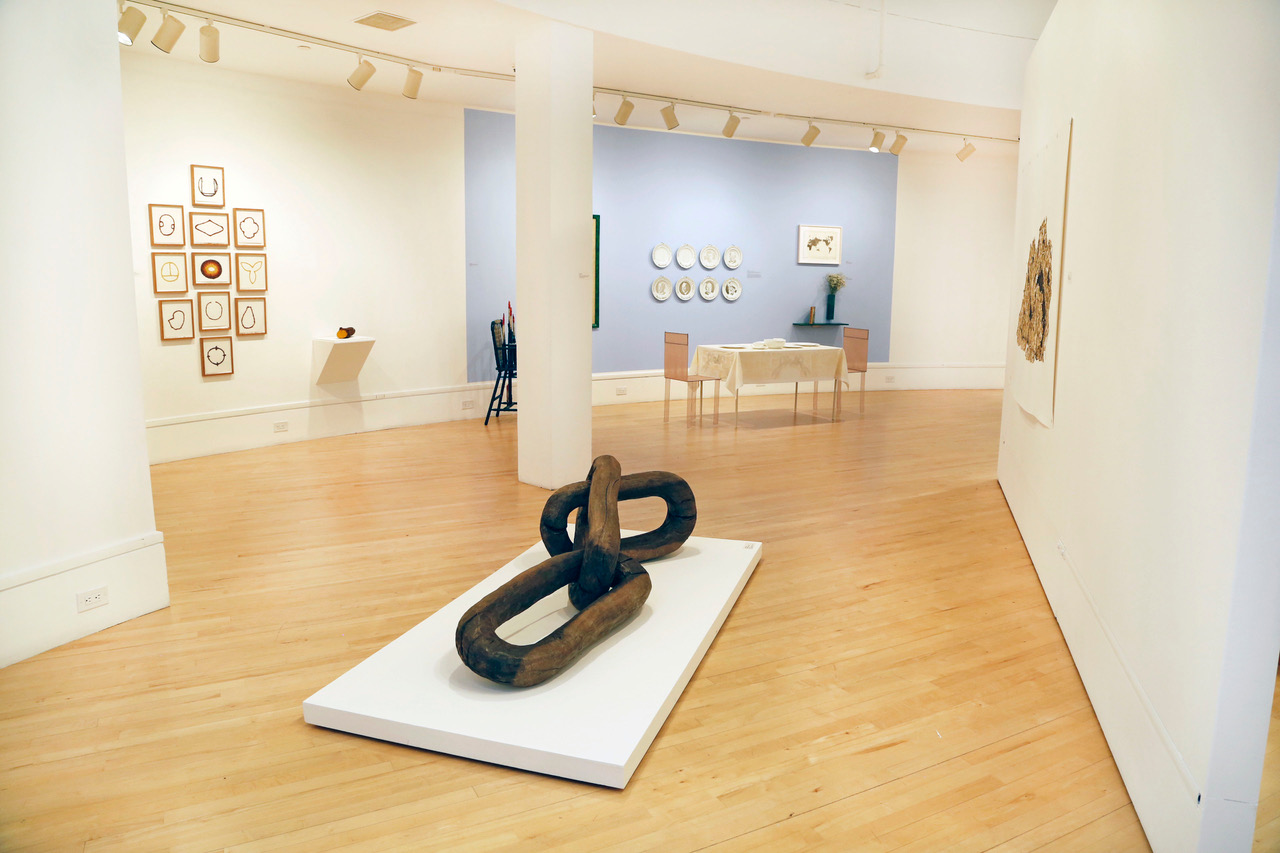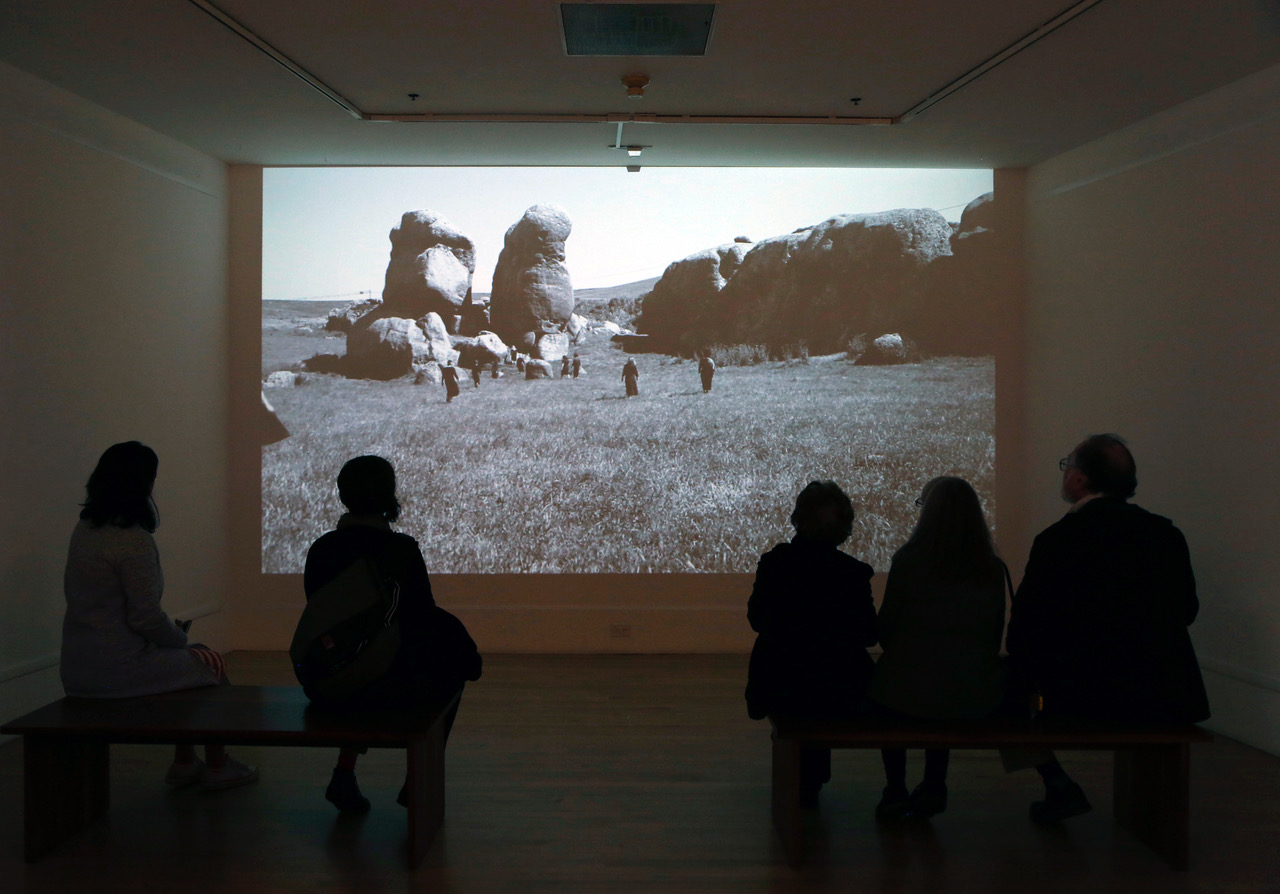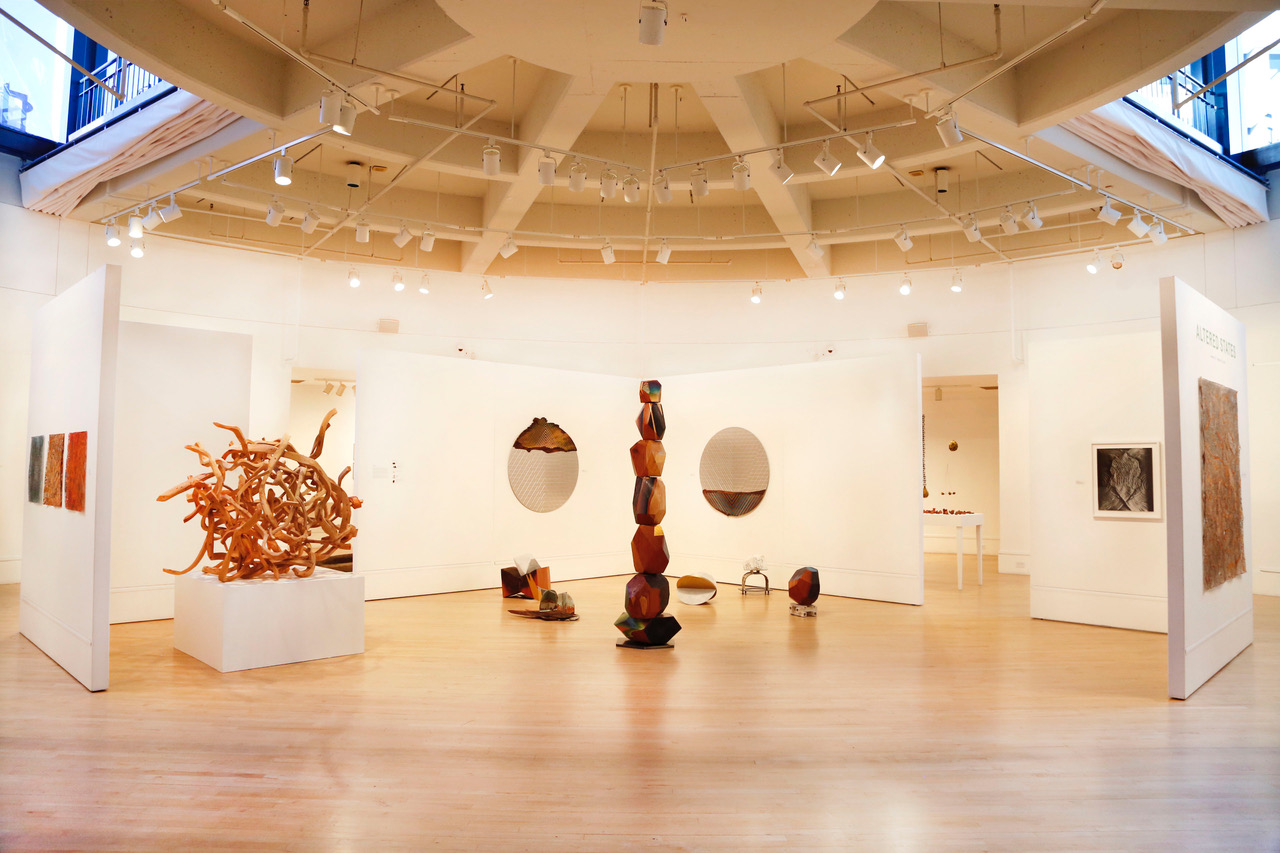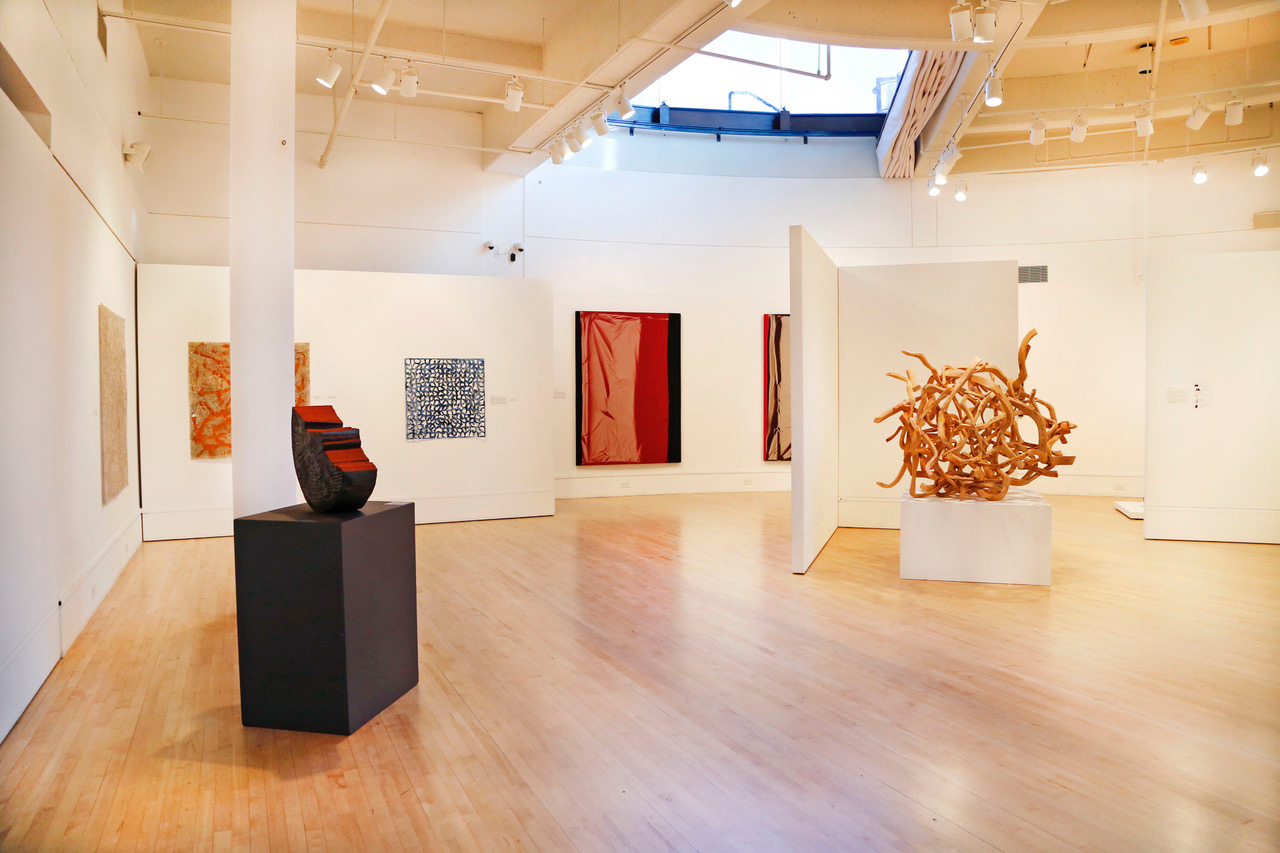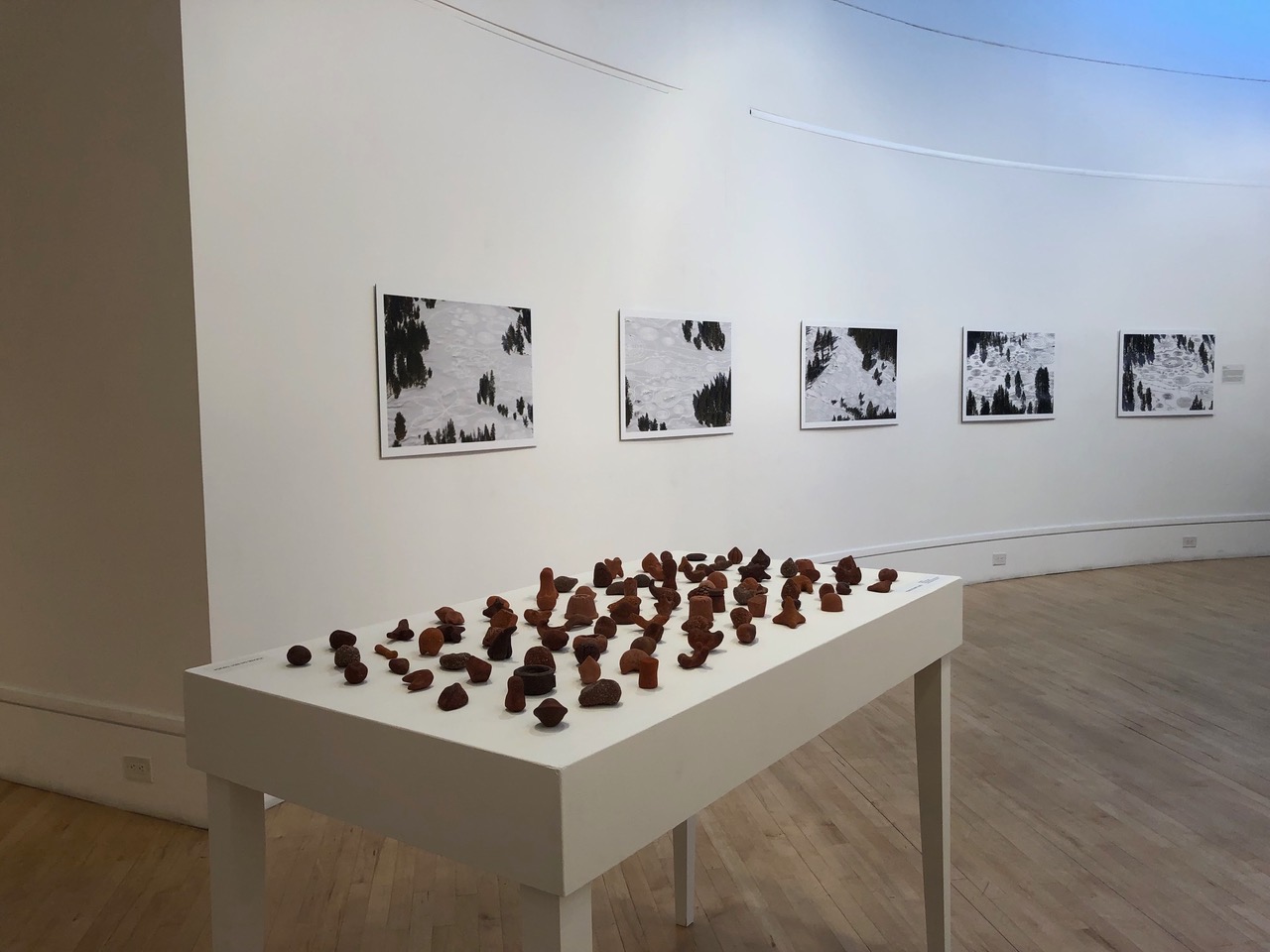Altered States | January 13 - March 24, 2019, Bedford Gallery, Lesher Center for the Arts, Walnut Creek, CA
Guest curated by Heather Marx, Altered States featured artists across generations living and working along the California coast who harness natural elements or the environment to create their artwork. The artists in Altered States work in a wide range of media and share a passion for creating art that is about process and reclamation. The exhibition highlighted the natural cycles of our complex environment and offered patrons an opportunity to slow down and reflect on how we are all interconnected by the sun, mood, air, and tides.
Artists included: Kim Abeles, Mari Andrews, Chris Duncan, Tanja Geis, Sonja Hinrichsen, Jay McCafferty, Klea McKenna, Sam Perry and Victoria Wagner.
Heather Marx writes: I come from a family of environmentalists and, from an early age, I was made aware of all the nature around me. As a family, we frequented the beaches, mountain ranges, and parks of Southern California where I grew up. Sensitive to the dynamism of nature—whether found in a suburban sky, concrete sidewalk, or sandy beach—I recognized the power of the environment to convey universal themes about the cycle of life.
With this knowledge, I started noticing a trend among a group of Bay Area artists whose practices span across generations. They continue the thread of environmental art that is deeply rooted in process, physical labor, time, and chance. Crafted from natural materials or created by natural cycles, these artists’ works are in opposition to the hyper-paced technological innovation that has shifted the Bay Area landscape so dramatically. Pairing this group with two iconic artists from Los Angeles is an opportunity to draw on my personal history in Southern California and to connect artists across the state.
The artists featured in Altered States work independently from one another, yet share a reverence for nature and utilize its beauty and power to create art that belies simple explanation.
My hope is that this exhibit offers the viewer a chance to slow down and look more closely.


